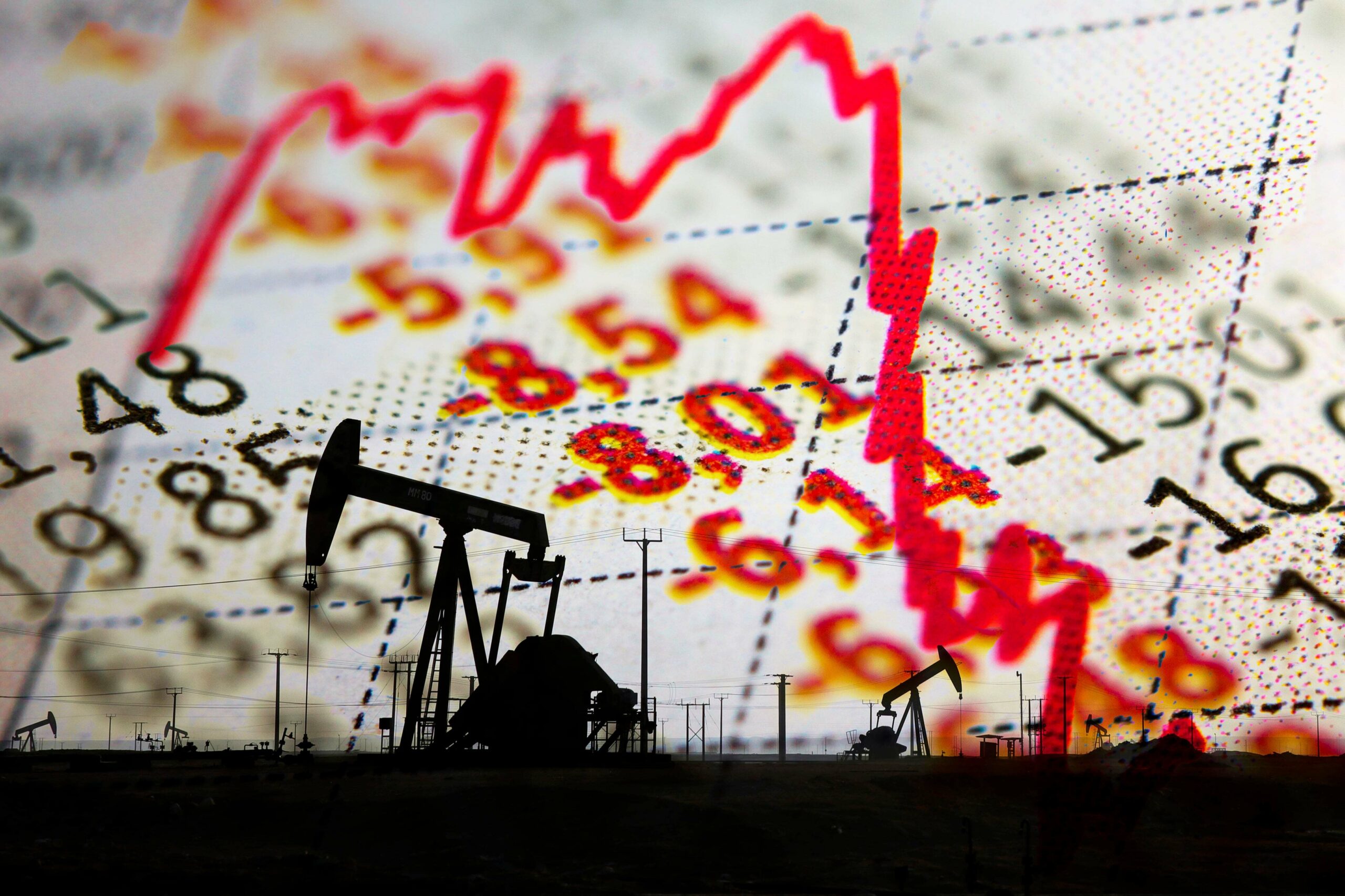The fiduciary duty to the climate crisis

Fiduciary duty and climate risk is more front of mind for investors than ever. Earlier this year, 1400 investors signed a letter to Vanguard arguing that the global investment manager was consistently failing to protect investments from the financial risk the climate crisis presents.
But this perspective isn’t new — in 2015, the UN PRI and UNEP FI recognized that the misinterpretation of fiduciary duties posed an obstacle to the incorporation of sustainability or ESG factors in investment decision-making. The following year saw the initiation of a four-year project by UN PRI and UNEP FI aimed at clarifying fiduciary duties in the context of sustainability. This led to a report being published in 2019 which emphasized the materiality of ESG factors and their normalization in investment practices, to which we see the impact of to this day – with 70% of asset owners claiming that ESG is relevant to their investment processes.
How does fiduciary duty relate to climate risk?
Fiduciary duty serves as the legal North star for financial guardians managing assets on behalf of others. Guided by principles of trust, loyalty, and caution, fiduciaries must maximize the investment potential for beneficiaries and simultaneously protect their capital, too.
In the world of institutional investing, there’s been a push for investors to bridge the gap between maximizing investment and meeting fiduciary duty by making their investment choices align with ESG factors. It’s not just about profit; it’s about protecting portfolios from risks, including systemic risk like climate change. For pension funds it means using investment powers wisely to benefit members, current and future.
Just this month, CalPERS released a Sustainable Investments Strategy for 2030 that is aiming to steer the biggest pension fund in North America towards bolder and more prudent investment practices. This closely followed Allianz’s release of its ambitious transition plan in September.
But if fiduciary duty is the cornerstone of investment practices, why aren’t more institutional investors taking a stronger approach in their management of risk presented by the climate crisis?
Pension funds in the hot seat
In 2023 alone, multiple reports found that pension funds are using inaccurate models to predict returns on investments, sometimes due to advice from investment consultants.
For example; Mercer, together with other investment consultants, advised UK local government pension fund LGPS Central that a trajectory breaching 4°C, the highest amount of climate change that is still considered manageable, wouldn’t have any negative effects on generating returns, or could even be beneficial.
Such flawed advice has given some pension pools what they interpret as a green light to continue investing in fossil fuels, including new development projects, despite the realities that continued exposure to fossil fuels will likely have a negative impact on investors’ funds.
Worryingly, at the CalPERS November board meeting earlier this week, CalPERS management shared Mercer’s endorsement of the recent iteration of their Sustainable Investments Strategy. This points to the fact that this major pension fund is relying on advice from an investment consultant that uses inaccurate climate risk modeling, which could explain some of the major loopholes in the strategy itself.
The science is already clear – continued investment in fossil fuels puts the retirement savings of pensioners and the overall economy at financial risk. Not to mention, this could also open the door to legal action against pension funds should beneficiaries take a stance similar to Vanguard shareholders.
Now, what can pension funds do?
It’s time for pension funds to embrace the shift required to tackle the climate crisis and accept the fact that climate risk is synonymous with financial risk. At this point, it should be taken for granted that by tackling climate risk, pension funds are fulfilling their fiduciary duty by maximizing profits and safeguarding their beneficiaries’ retirement funds .
There are several ways that pension funds and investment consultants can center fiduciary duty and climate risk. Accelerating a net-zero transition through escalation pathways is one path that investors can take, with actions ranging from reducing exposure to high risk industries like the fossil fuel industry to active engagement with management within industries that have the capacity to transition to net-zero ,
And when it comes to climate modeling, pension funds and investment consultants can take steps to ensure that the climate risk models they use are not based on flawed logic, summarized recently in a report by the Institute & Faculty of Actuaries and the University of Exeter.
The report recommends focusing on three key steps:
- Educate staff on the assumptions underpinning the models and their limitations
- Develop realistic qualitative and quantitative climate scenarios
- Develop models to better capture risk drivers, uncertainties, and impacts
Coupled with leveraging their unique market position to influence high-emitting industries and fellow financial institutions, pension funds must drive the industry forward by showcasing how a climate conscious approach to fiduciary duty can lead us to a fossil fuel-free future.